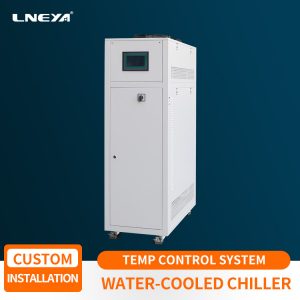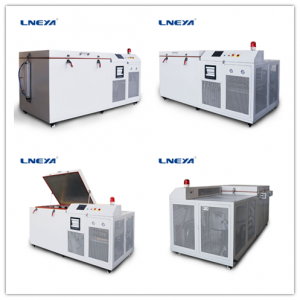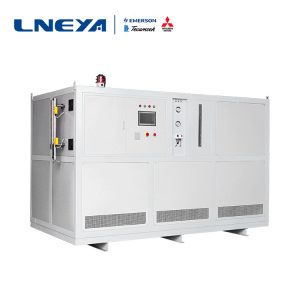Use and maintenance of laboratory/bioengineering temperature control system
1. Read the equipment manual carefully before use, get familiar with the operation process and key instructions, and operate in strict accordance with the conditions specified in the manual.
2. When moving the laboratory/bioengineering temperature control system, avoid striking the equipment shell, vibrating and damaging or polluting the keypad (function key display).
3. Before use, make sure to regularly check (at least once every two years) whether the equipment is in normal working condition.
4. The laboratory/bioengineering temperature control system shall be stored or used in a clean environment with sufficient fresh air to prevent pollution. There is more than 30cm space around, and the ground is flat and firm. Ensure that the input power is properly grounded when using.
5. Before any repair, maintenance or moving the equipment, the equipment must be turned off and the power supply must be disconnected. The tilt angle of the laboratory/bioengineering temperature control system should not exceed 15 degrees when moving. When the laboratory/bioengineering temperature control system needs to move for a long distance, it is necessary to empty the liquid in the equipment and carefully check the pipe connections to ensure that there is no leakage.
6. When selecting the heat conduction medium, pay attention to whether its upper and lower temperature limits, ignition point, viscosity, freezing point, etc. meet the requirements, and whether it is suitable for the use of the internal pipes of the instrument. Use the heat conduction medium specified by the manufacturer and within the specified pressure range.
7. When selecting the heat transfer medium pipe, the length should be as short as possible and the diameter should be as large as possible. If the diameter is too small, it may cause flow restriction. Do not knot the heat transfer medium pipeline of the high and low temperature all-in-one machine, and check it regularly to avoid material strain (such as fission).
8. Regularly check the liquid sight glass on the side of the equipment to confirm whether the liquid level of the heat transfer medium is at the normal position. Regularly replace the thermal conductivity medium of the laboratory/bioengineering temperature control system. If water is mixed with immiscible oil and water, the mixed liquid will expand after heating, and will spray under high temperature, even causing personal injury.
9. The equipment adjustment parameters must be reset after the new heat conduction medium is filled.
The above are technical maintenance and use matters. If you have other information needs about the equipment, you can leave a message to us, or even send an email to sales@lneya.com
Related recommendations
-
Relationship Between Condensation Temperature And Condensation Temperature In Ultra Low Temperature
1340The chilling temperature of the ultra low temperature recirculating chillers refers to the temperature at which the state of the substance changes from a gaseous state to a liquid state under a certain pressure. Different substances have different...
View details -
Four Key Points of Water Cooled Chiller Installation
1147The installation of water-cooled chiller can be carried out from four aspects: first, the installation of chiller, then the installation of water pipe, water pipe cleaning and equipment insulation. Do not underestimate the installation of this par...
View details -
How to solve the phenomenon of ultra-low temperature freezer card cylinder?
1486If the ultra-low temperature freezer room fails during operation, it needs to be solved in time. If it is similar to the related phenomenon, it may be that the frozen oil does not come up, and the operator needs to solve it in time. Ultra-low temp...
View details -
LNEYA low temperature chiller selection classification description
1345Different enterprises and different industries have different requirements for the low-temperature chiller of Wuxi Guanya (LNEYA). The choice of models is also different, so it is better to understand them in the selection. The low temperature chi...
View details
 LNEYA Industrial Chillers Manufacturer Supplier
LNEYA Industrial Chillers Manufacturer Supplier













